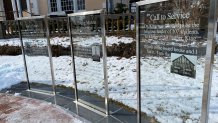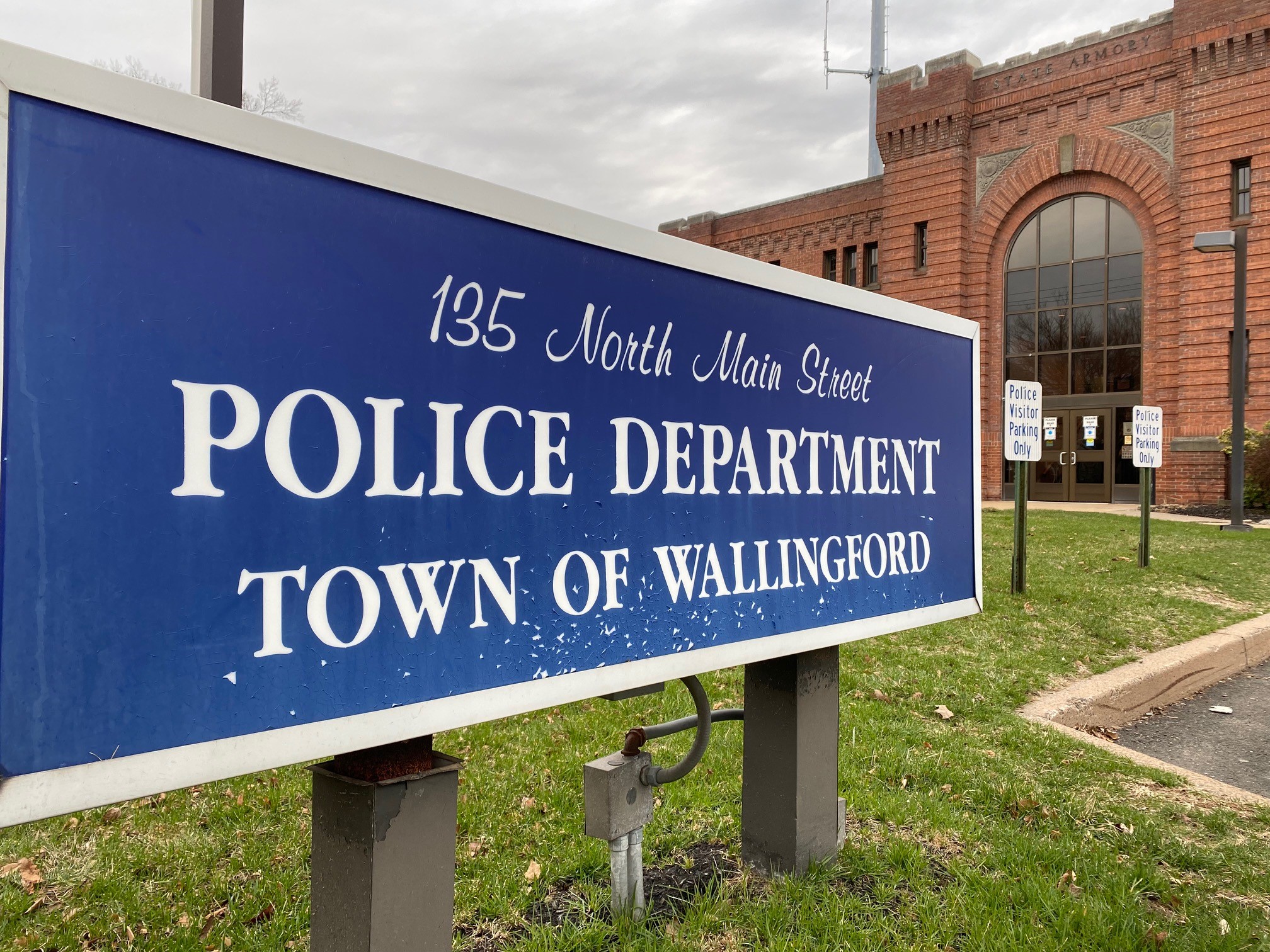
In the middle of a snow-covered field in Simsbury stand two dilapidated tobacco barns. Etched in coal are the names of the workers who spent summers culling and curing shade tobacco to make cigars.
Once in danger of being destroyed, Meadowood holds the story of how 15-year-old Martin Luther King, Jr.’s destiny was etched in history, thanks to his time spent up north.
It’s a story that was almost forgotten and nearly buried away by time and indifference.
“Just to step back and see him walking around here in Connecticut and enjoying like you said in his words the freedoms that we take for granted, it just would have been awesome,” said Deborah Gaston of Hartford.
Get Connecticut local news, weather forecasts and entertainment stories to your inbox. Sign up for NBC Connecticut newsletters.
When Deborah Gaston was 14, she began working in a Bloomfield tobacco field.
“To know that similar, that’s what Dr. Martin Luther King did that’s overwhelming. It’s exciting and overwhelming at the same time,” said Gaston.
The teenage King came to Connecticut for two summers on Morehouse College’s tuition assistance program.
Local
He returned home with something much more valuable than money (in fact he mailed his money back to his mother), a life lesson.
“White and Blacks can go to restaurants together, white and Blacks can worship together,” said Todd Levine, the coordinator for Connecticut’s Freedom Trail.
Unlike the segregated south, in Simsbury, the young King could watch movies with white kids his age at Eno Hall and attend integrated dances at the Grange. It was a liberating experience for him and one that he wrote about in letters home to his family.
“We know it made a difference because in his application to Kroeger Theological Seminary, he stated that he realized that summer that it was my calling to serve and that summer that he’s referring to is his summer here in Connecticut,” said Catherine Labadia, the deputy state historic preservation officer.

Dr. King went on to lead the Civil Rights Movement in the south, and his time up north was nearly forgotten. That was until a group of Simsbury students set out to uncover the mystery.
For decades, Dr. King’s time in Simsbury was part of town lore. In 2010, a group of Simsbury High students went to work to uncover the truth. Researching old newspaper clipping, letters, and even audio files, they found proof that a young Dr. King really did come to Connecticut in the 1940s.
Their research turned into a 15-minute documentary called “Summers of Freedom,” tracing King’s stay in Simsbury.
“The piece that kept coming back to me was that he was our age when he was here and he went on to become an icon, it just gave me hope,” said Maggie Willerup, a 2013 Simsbury grad who worked on the project.
King came to Connecticut in 1944 and 1947. Unlike his classmates, Labadia said he didn’t need money for school.
“Martin Luther King, Jr.'s situation is actually very different from most Morehouse College students. While most of them are working to pay for their tuition, his father insisted he come here more to learn a lesson in life,” said Labadia, while noting that Dr. King also worked as a cook in the dorm and was treated better than some of the other students because his father was a successful pastor.
The lessons the young King learned while in Connecticut would prove pivotal.
“He was going to be a doctor or lawyer, and it was his time in Connecticut that really changed his mind to be a civil rights leader,” explained Levine.
In letters to his family in Georgia, King compared Connecticut with the segregated south.
“He said when he came here, it was an experience like no other. It was just a whole different world. He got to sit next to a white person and drink a milkshake,” said Harper Wilson, a Simsbury senior and member of the MLKinCT Committee.
While in Connecticut, the young King marveled at the fact that he could eat in any restaurant and go to any movie theater. Those experiences would provide the inspiration for King’s calls for equality.
A decade later, a new set of students decided to make sure that Dr. King’s connection to Connecticut wouldn’t be forgotten.
“We said let’s not stop there, let’s build something that we can remember his time in Simsbury,” said Wilson.
Across the street from the old theater where King would have watched movies, a new memorial stands outside the Simsbury Free Library. It honors Dr. King’s memory and the time he spent in Simsbury.
“So awe-inspiring that he was our age walking the same streets that we walked every day,” said Willerup.

In 2017, Labadia stumbled upon a treasure trove in her office documenting Dr. King's time in Connecticut.
“There was a box that I was putting on the shelf and it just had the letters MLK,” said Labadia.
During her research, Labadia discovered plans on the town’s website for a housing development in the very spot where King culled tobacco. The news got the attention of the Trust for Public Land.
A public and private campaign successfully put plans to develop the nearly 300-acre site on pause. Now, there’s a push to save the sheds where Dr. King and his classmates spent their summers.
That tribute, Gaston said, is long overdue.
“Connecticut had a lot of influence in his life with him becoming the person he was,” said Gaston. “The freedoms and how things can be different, to experience what he experienced and take that so that we can share that with our children.”
The mission to uncover the mystery of Dr. King’s connection to Connecticut is complete, but, the work to preserve it is just beginning.
“When you can touch history it’s like, history can touch you.”
Preservation efforts are underway with plans to put Meadowood on the National Register and the Connecticut Freedom Trail before it’s too late.
“When we first learned about this, there was numerous tobacco sheds and just as recently as two years ago on this particular site there were five, now they’re down to three,” said Levine.
According to the Trust for Public Land, just two percent of the sites listed on the National Register of Historic Places focus on the experiences of Black Americans.
“Everybody will be able to learn about the history of Morehouse students here, the history of Martin Luther King Junior here, and the significance of this site,” said Levine.
Plans for Meadowood include an outdoor display of the letters Dr. King wrote during his time in Connecticut. Levine hopes the sheds can be stabilized enough to safely allow the public to see the inside as well.
They hope to finish the project at the end of 2023.
Labadia hopes the tranquil spot will also serve as a place for reflection and inspiration, much like it did for Dr. King.
“Looking back on history, feeling where you are now, and then looking to where you could be in the future,” she said. "When you can touch history it’s like, history can touch you."



